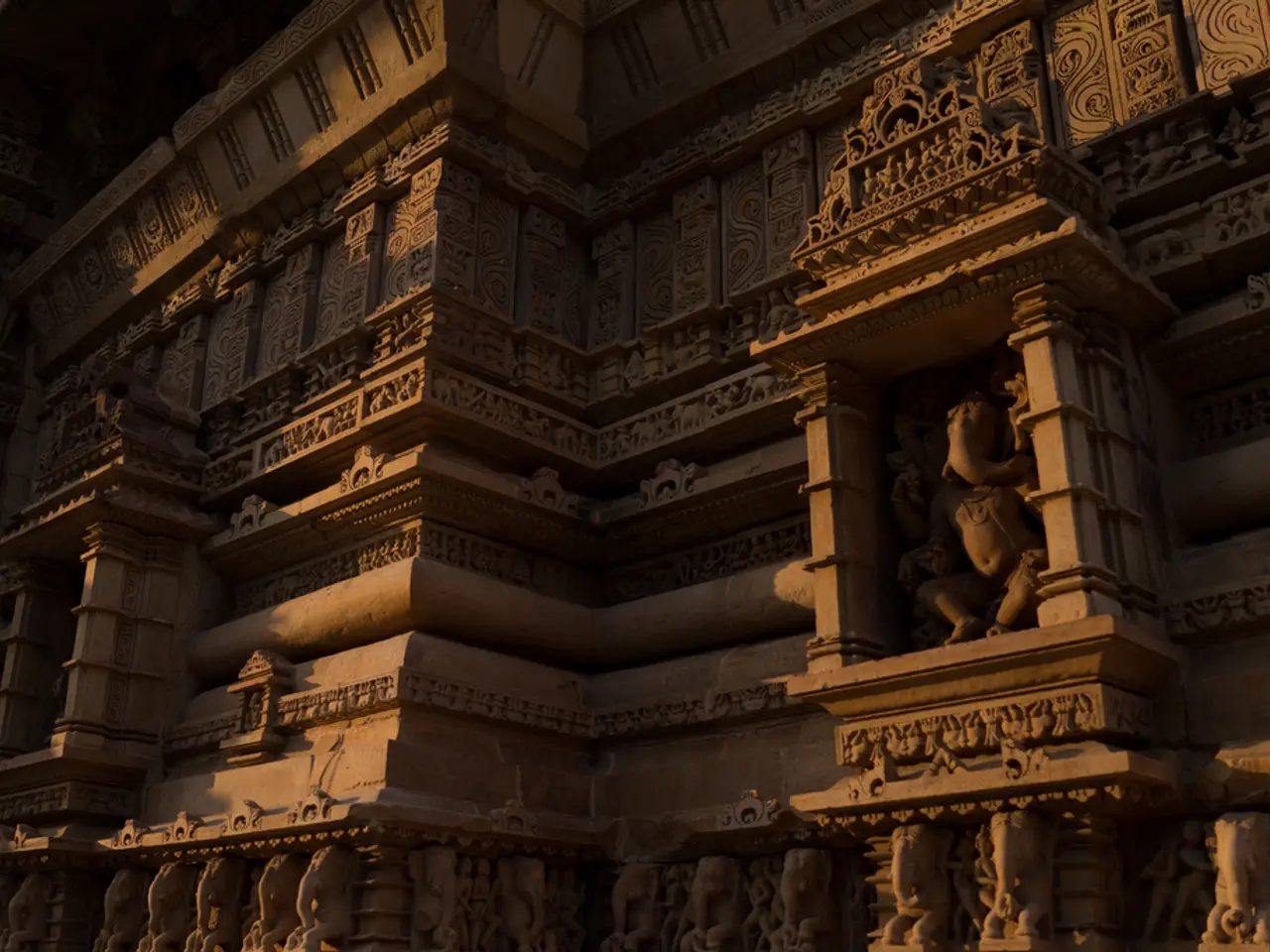Exploring Spain's Rich History, Art, and Undiscovered Charm: A Case for Valladolid
Nestled in the heart of northern Spain, Valladolid is a city steeped in history, architecture, and gastronomy, making it a compelling destination for cultural travelers and food enthusiasts alike.
History and Architecture
Valladolid's rich history is evident in its layered past, with buildings and public spaces that showcase a mix of Renaissance, Gothic, and Mudéjar styles. The city played a significant role as a center of early Spanish scholarship and important debates, such as the 1550–51 Valladolid Debate on Indigenous Rights.
One of the city's architectural gems is the Church of San Pablo, a Gothic jewel with Plateresque and Renaissance influences, notable for its ornate facade and its location in a historic plaza surrounded by the Royal Palace and Pimentel Palace. Another significant site is the Museum of Valladolid, housed in the Fabio Nelli Palace, which displays artifacts from prehistoric tools to Roman mosaics and medieval tapestries, providing insight into the city's broad historical timeline.
The Cathedral of Valladolid is another must-visit, featuring impressive architecture and art that add to the city's cultural tapestry. Other highlights include the Convento de las Francesas, a former convent now part of a shopping center yet retaining its peaceful cloister courtyard, and the Plaza Viejo Coso, a former bullring turned residential area that preserves historical memory within modern life.
Must-Visit Sites
Some of the must-visit sites in Valladolid include the Church of San Pablo, noted for its rich Gothic and Renaissance elements; the Museum of Valladolid in Fabio Nelli Palace; the Cathedral of Valladolid; the Convento de las Francesas; the Plaza Viejo Coso; and nearby historical towns such as Tordesillas and the Castle of Simancas.
Gastronomy and Local Cuisine
Valladolid is renowned for its traditional Castilian cuisine, emphasizing hearty dishes like roasted lamb (lechazo), pork, and local wines from the region, especially Ribera del Duero. The city blends historic ambiance with lively contemporary spaces such as the Galleria, where bars and cafés, including uniquely themed establishments like the tailor-themed bar La Sastreria, provide a social culinary experience.
Exploring Valladolid
Valladolid is a walkable city, with most sights within a 15-20-minute walk from each other. Renting a bicycle or taking a local bus is also available for further sites. The city is well connected by high-speed trains (AVE) from Madrid, with a journey time of just over an hour.
During your exploration, you might find yourself led by Marta, a guide whose family has lived in Valladolid for generations, through Plaza Mayor, Spain's first great square, designed as a model for Madrid's own plaza. Or you might take a leisurely walk in Campo Grande Park, a vast urban oasis, with a local friend like Loreto.
Valladolid is a city that offers a rich blend of historical depth, impressive architecture, and authentic gastronomy wrapped in a lively urban environment interspersed with quiet, reflective spots. Spring and early autumn offer the best weather for exploration. Don't miss out on experiencing this captivating city.
Exploring the city's layered history, visit the Church of San Pablo, a stunning Gothic landmark adorned with Plateresque and Renaissance influences, located within a historic plaza that also houses the Royal Palace and Pimentel Palace.After immersing yourself in the city's rich history and architecture, make your way to the Museum of Valladolid, housed in the Fabio Nelli Palace, to explore artifacts spanning prehistoric times to the Middle Ages, offering insight into the city's broad historical timeline.




